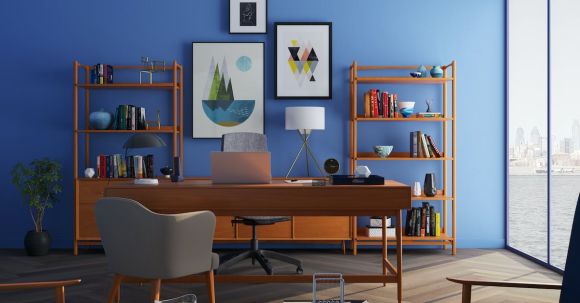In a world where experiences are valued more than ever, transforming ordinary spaces into extraordinary ones has become a trend. People are no longer satisfied with just visiting a place; they want to be immersed in an experience that leaves a lasting impression. Whether it’s a restaurant, a hotel, or even a retail store, creating a space that captivates and engages visitors is crucial. Here are a few ways to turn ordinary spaces into extraordinary experiences.
Creating a Sense of Arrival
The first impression is often the most important, and creating a sense of arrival sets the stage for the experience that follows. A well-designed entrance can instantly transport visitors into a different world. It could be a grand entrance with impressive architecture or a simple yet captivating display that captures attention. The key is to create a space that immediately grabs the visitor’s attention and sets the tone for what’s to come.
Engaging the Senses
To create an extraordinary experience, it’s essential to engage all the senses. Visual elements like colors, textures, and lighting can evoke certain emotions and create a specific atmosphere. Aromas can instantly transport people to different places and trigger memories. Playing carefully curated music can enhance the overall ambiance and create a sense of familiarity. By stimulating all the senses, spaces can become immersive and memorable.
Telling a Story
Every space has a story to tell, and weaving a narrative into the design can make the experience more meaningful. Whether it’s a historical narrative or a brand story, incorporating elements that tell a story can add depth and intrigue to the space. This could be through artwork, photographs, or even interactive displays that allow visitors to uncover different aspects of the story as they explore the space. A well-told story can create an emotional connection and make the experience more memorable.
Creating Interactive Experiences
Interactive experiences have become increasingly popular in transforming ordinary spaces into extraordinary ones. People want to be active participants rather than passive observers. Incorporating interactive elements like touch screens, virtual reality, or augmented reality can create a sense of excitement and engagement. These experiences can be educational, entertaining, or simply provide a unique way for visitors to interact with the space.
Designing for Flexibility
Designing spaces with flexibility in mind allows for adaptability and ensures that the experience can evolve over time. By incorporating modular elements and movable furniture, spaces can be easily transformed to cater to different events or experiences. This flexibility allows for creativity and innovation, ensuring that the space remains fresh and exciting for repeat visitors.
Fostering Community Engagement
Creating a space that fosters community engagement can turn an ordinary space into a vibrant hub of activity. This could be achieved by hosting events, workshops, or even providing a platform for local artists and entrepreneurs to showcase their work. By involving the community, the space becomes more than just a physical location; it becomes a gathering place that people feel connected to.
Conclusion: Transforming the Ordinary into the Extraordinary
Transforming ordinary spaces into extraordinary experiences requires careful thought and planning. It’s not just about the aesthetics; it’s about creating an immersive and meaningful journey for visitors. By focusing on creating a sense of arrival, engaging the senses, telling a compelling story, incorporating interactive experiences, designing for flexibility, and fostering community engagement, spaces can be transformed into extraordinary experiences that leave a lasting impact on visitors. So, the next time you step into a space, ask yourself, “How can this be transformed into an extraordinary experience?”





